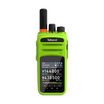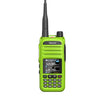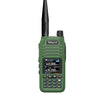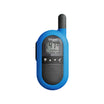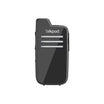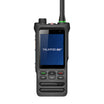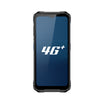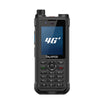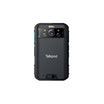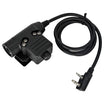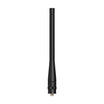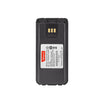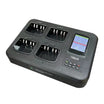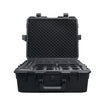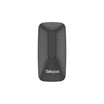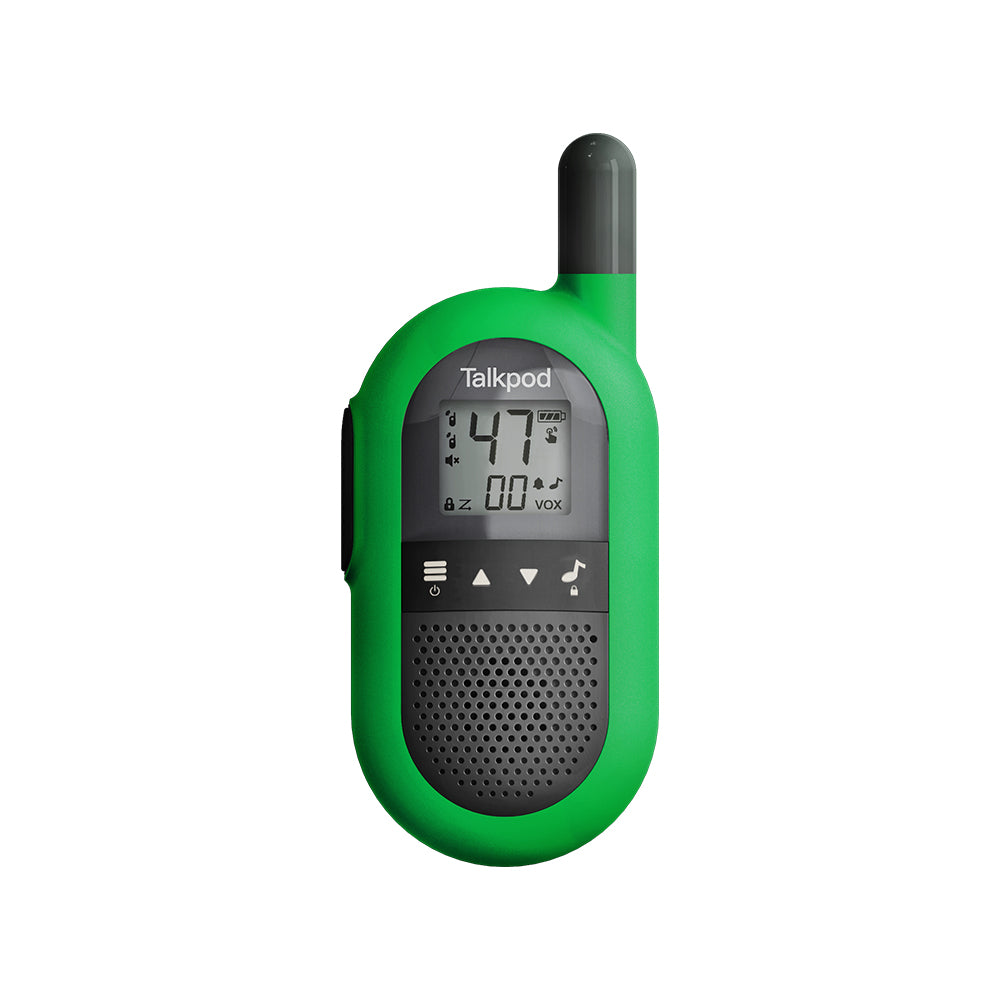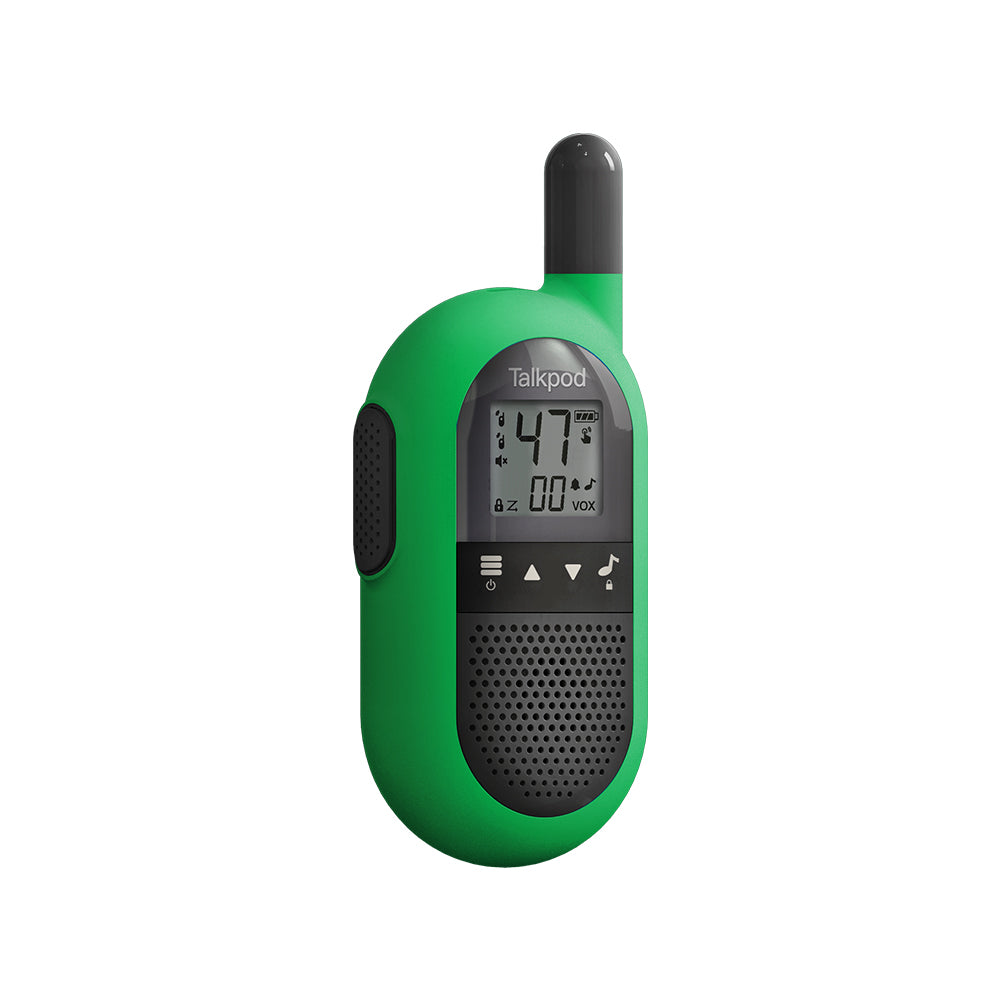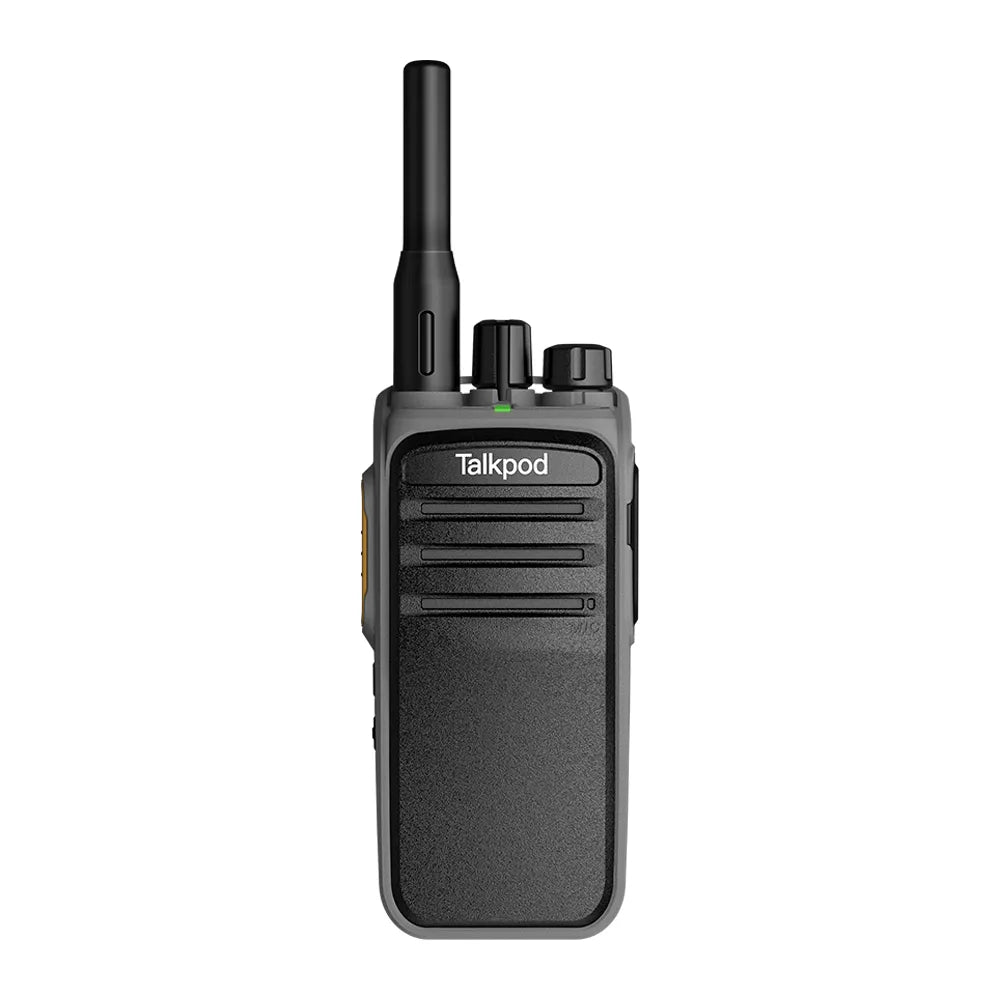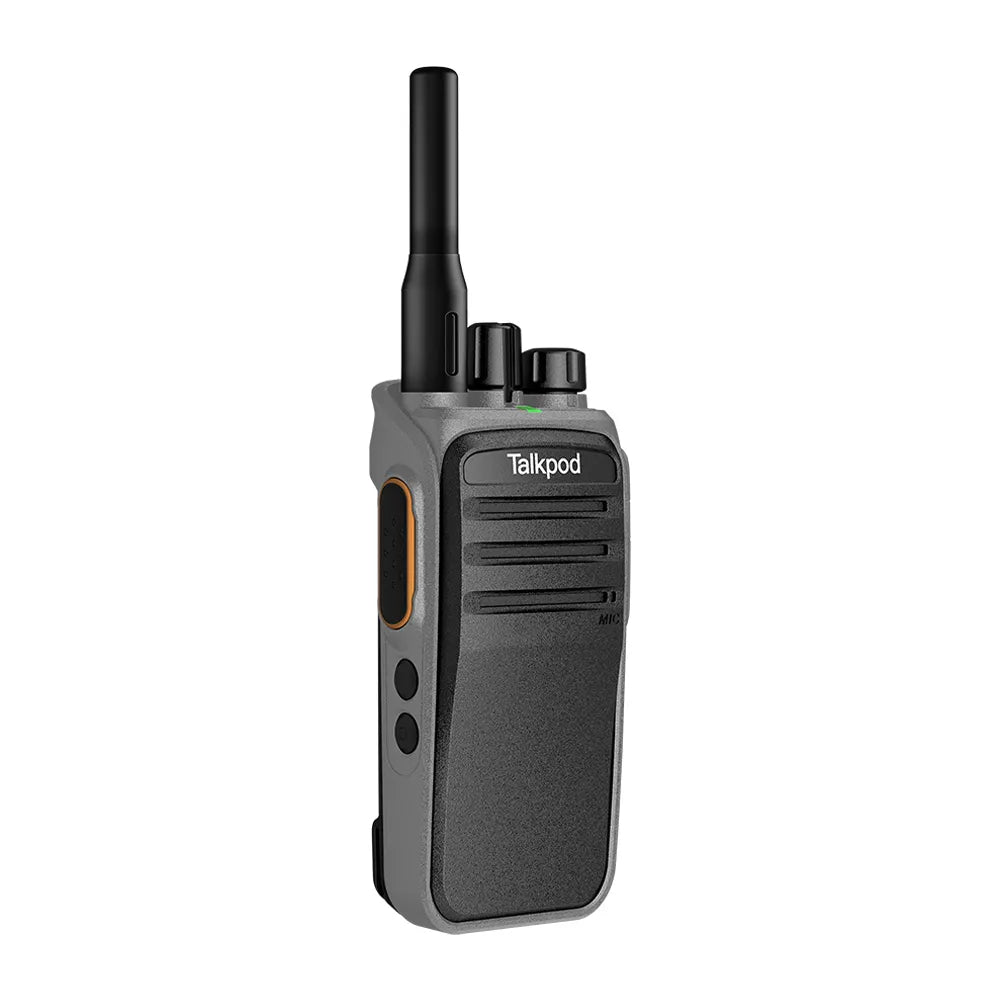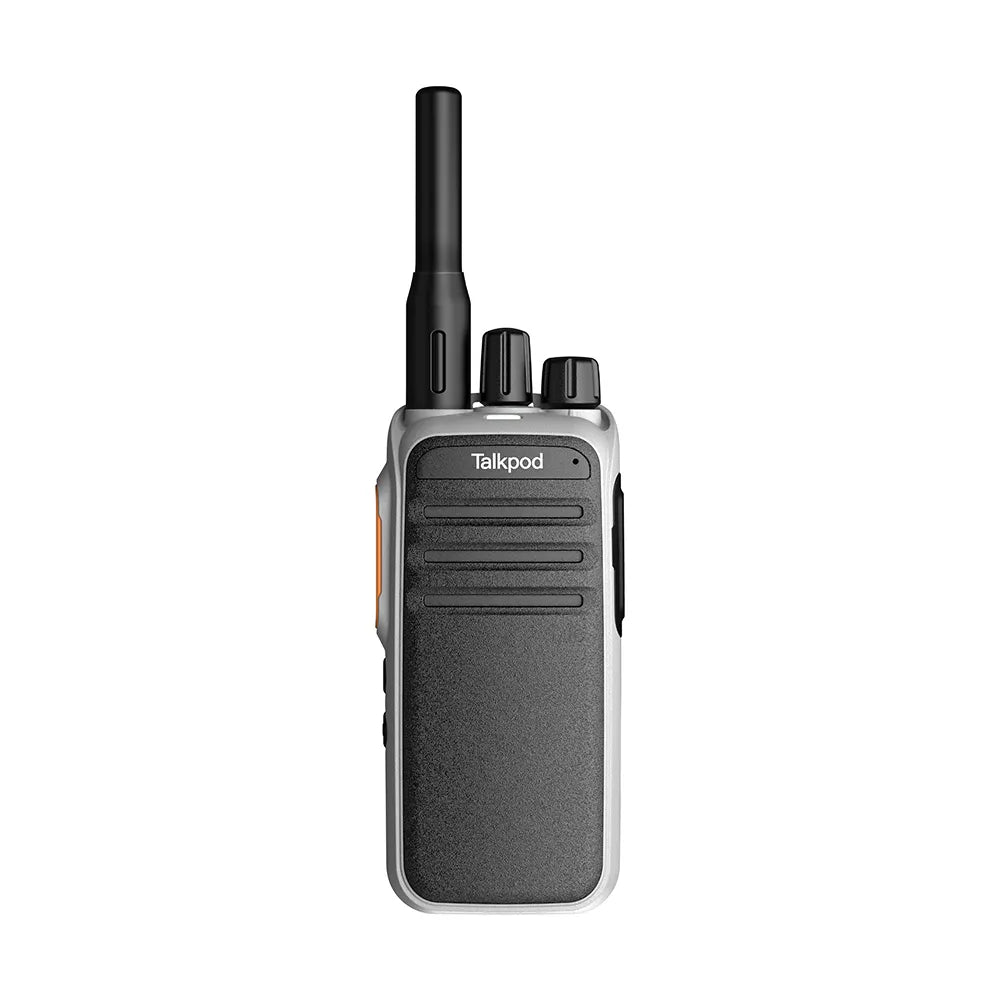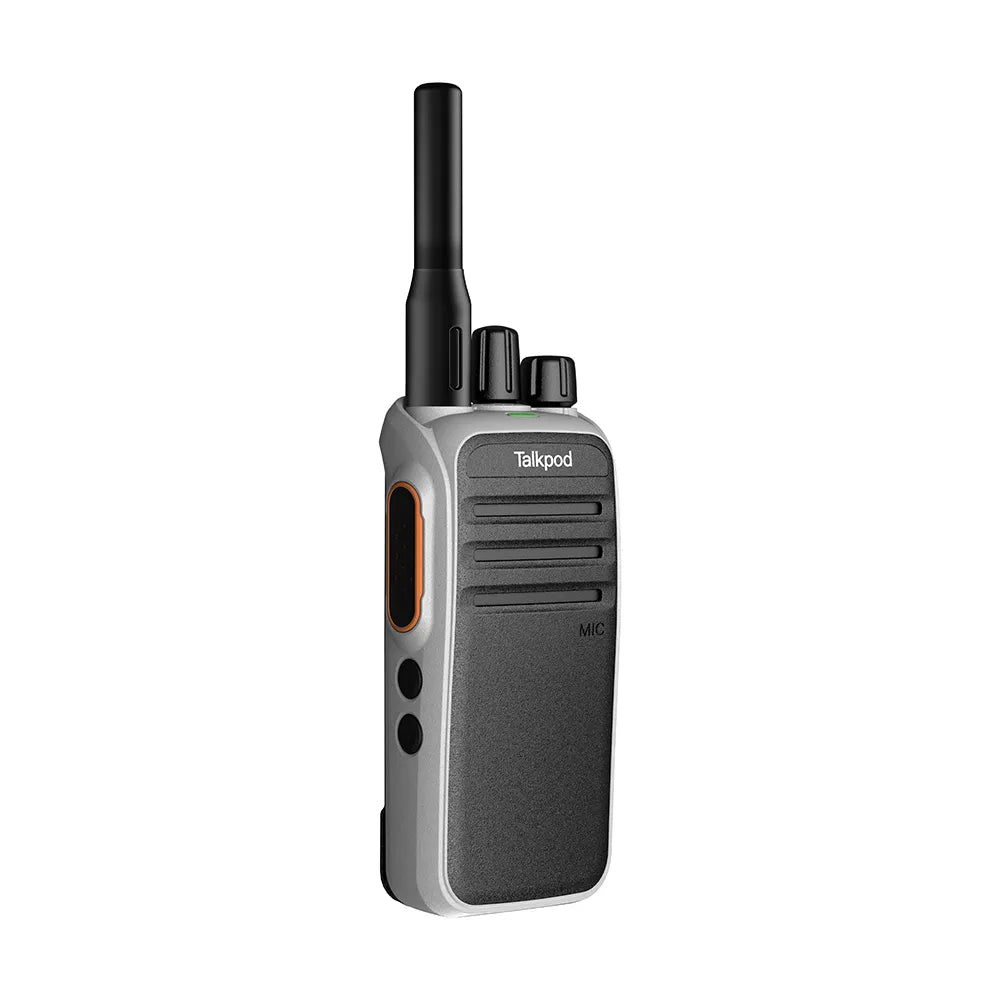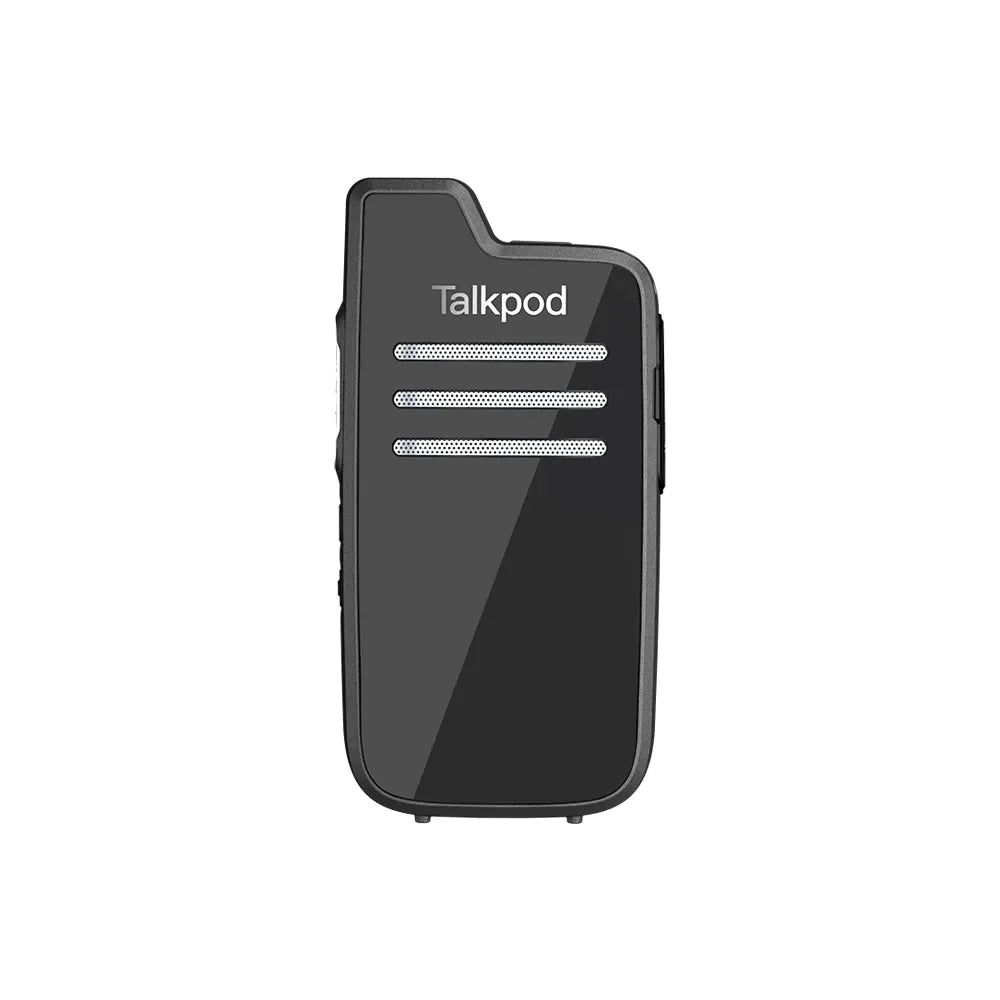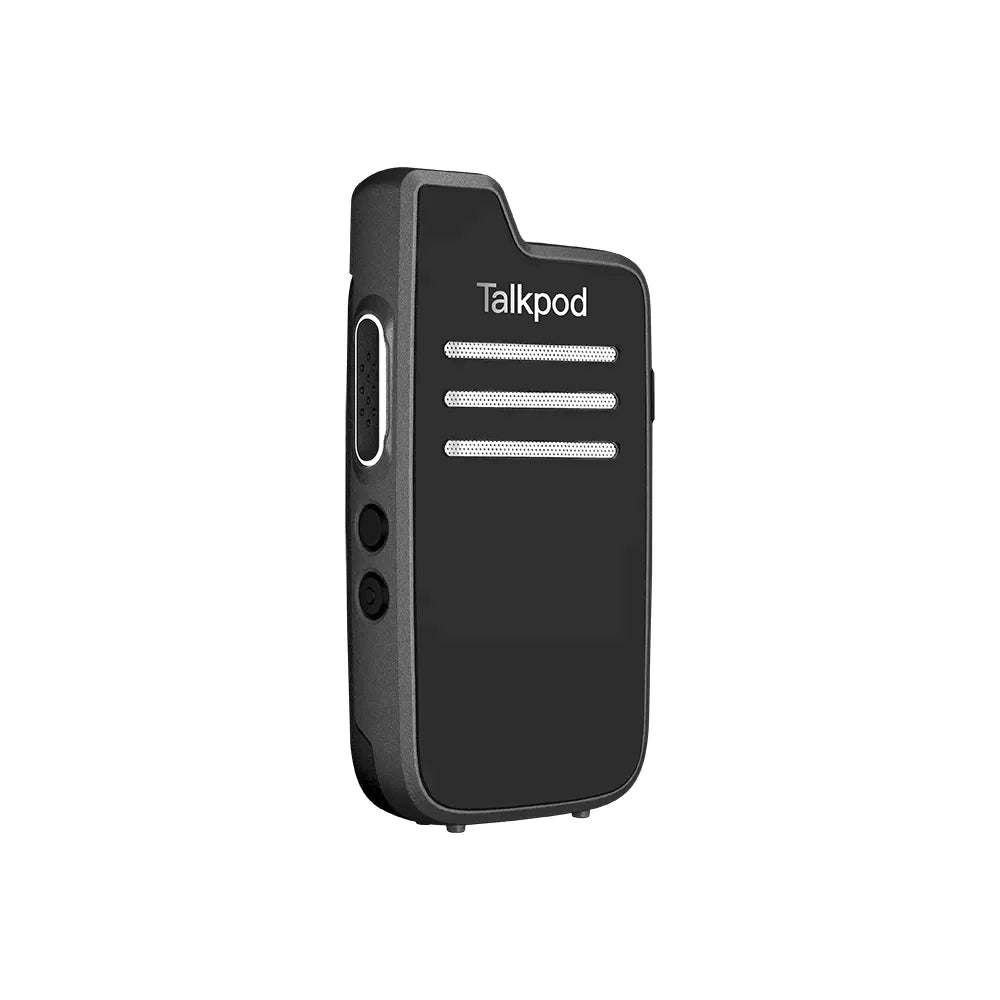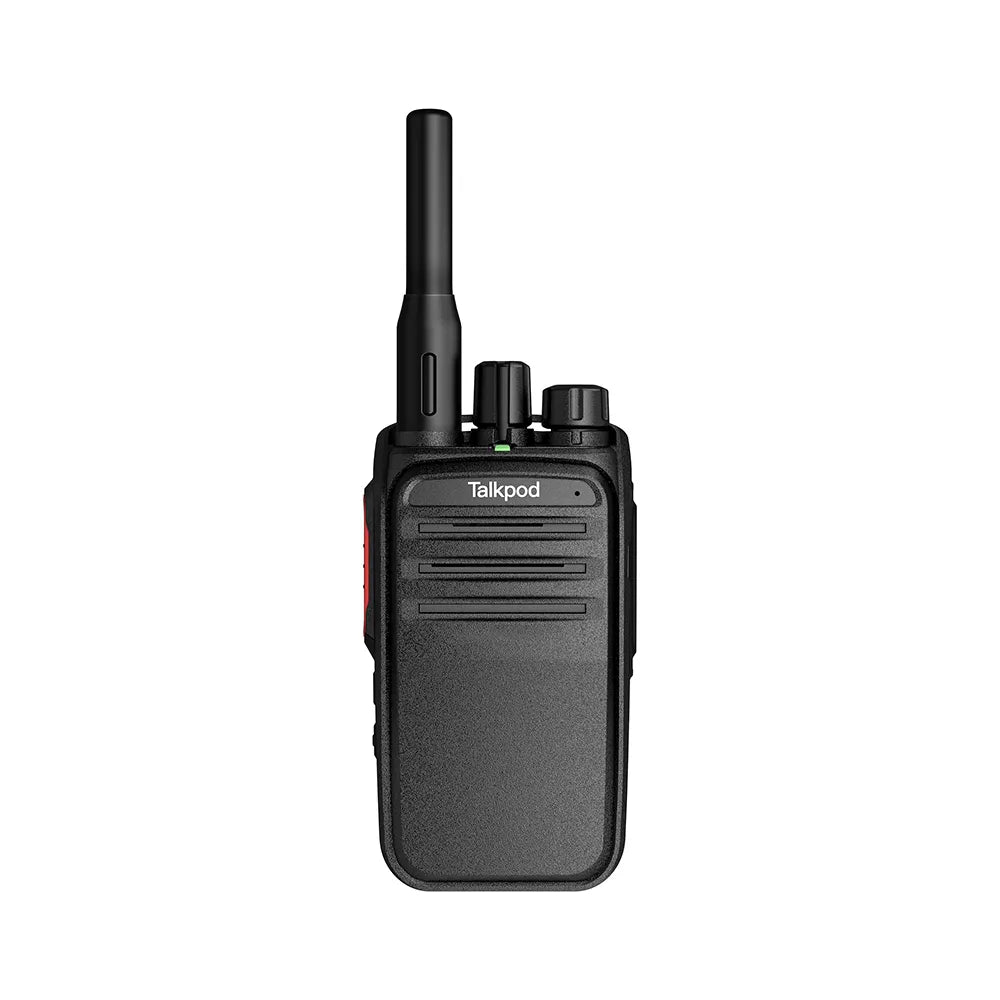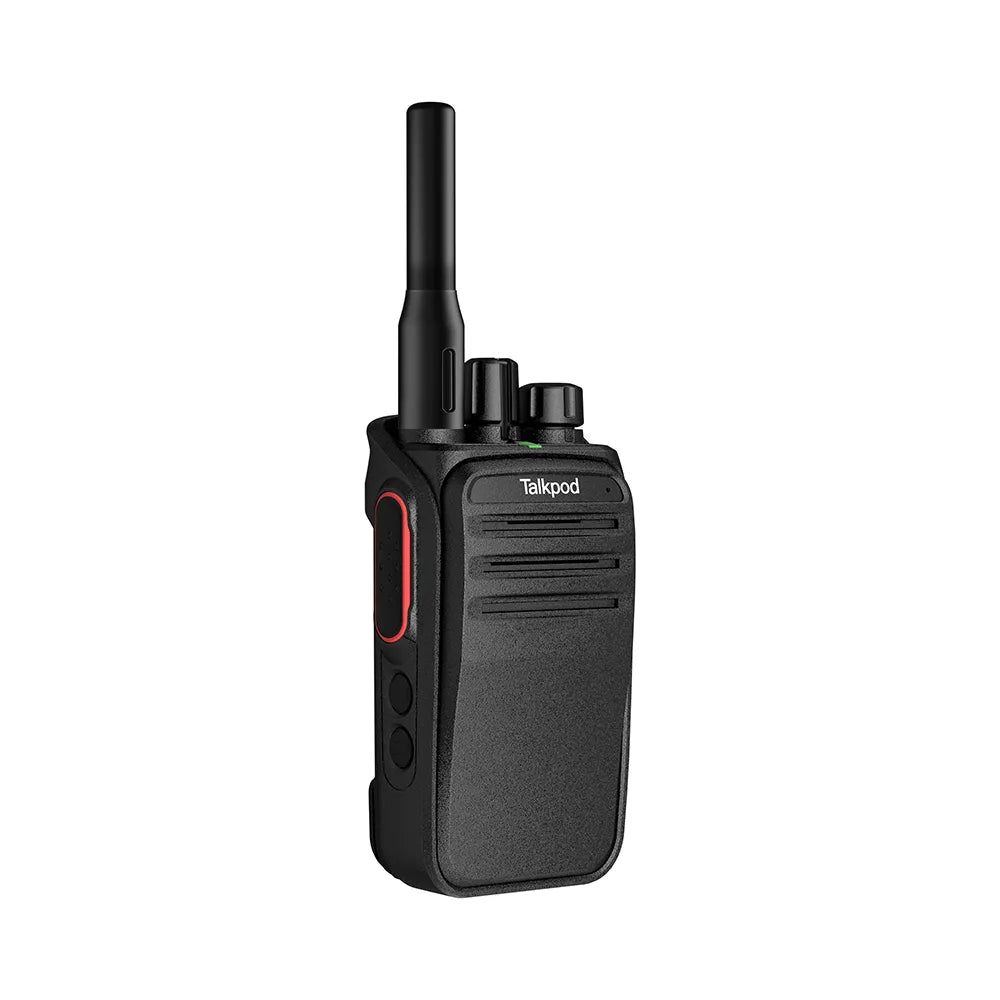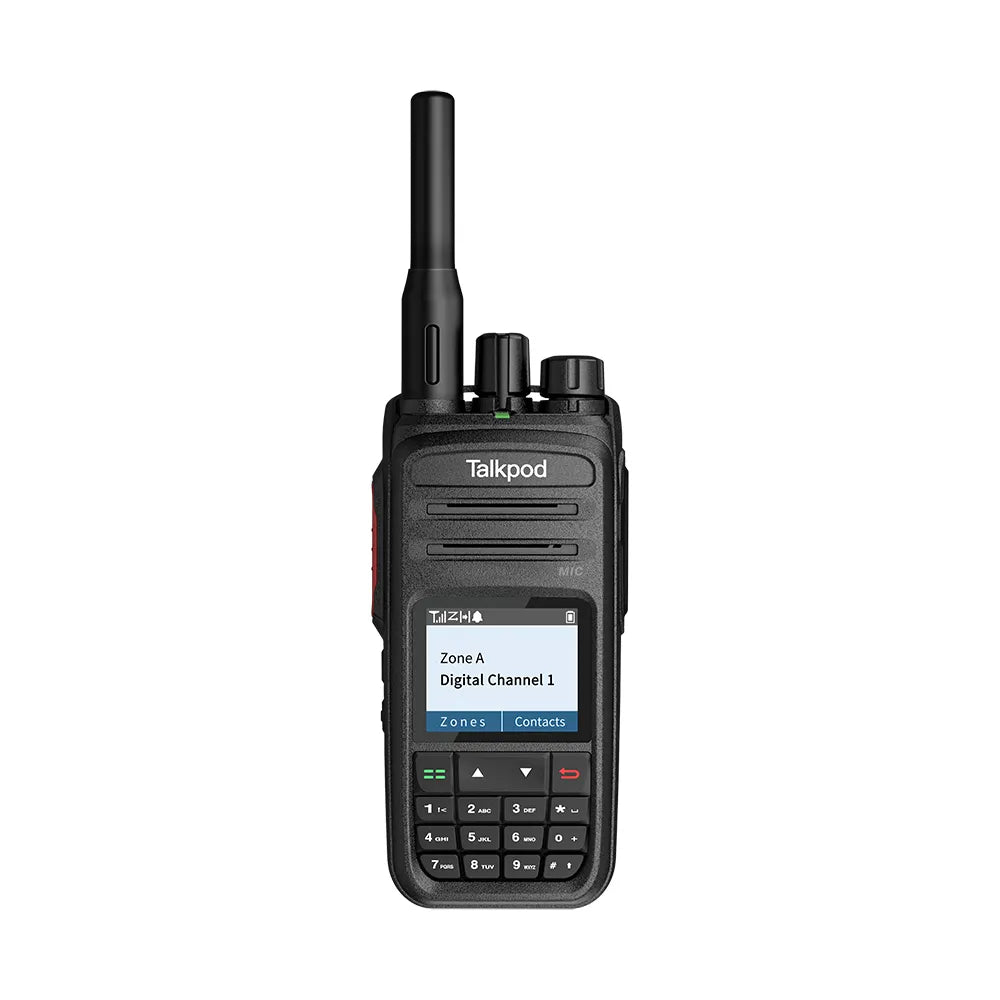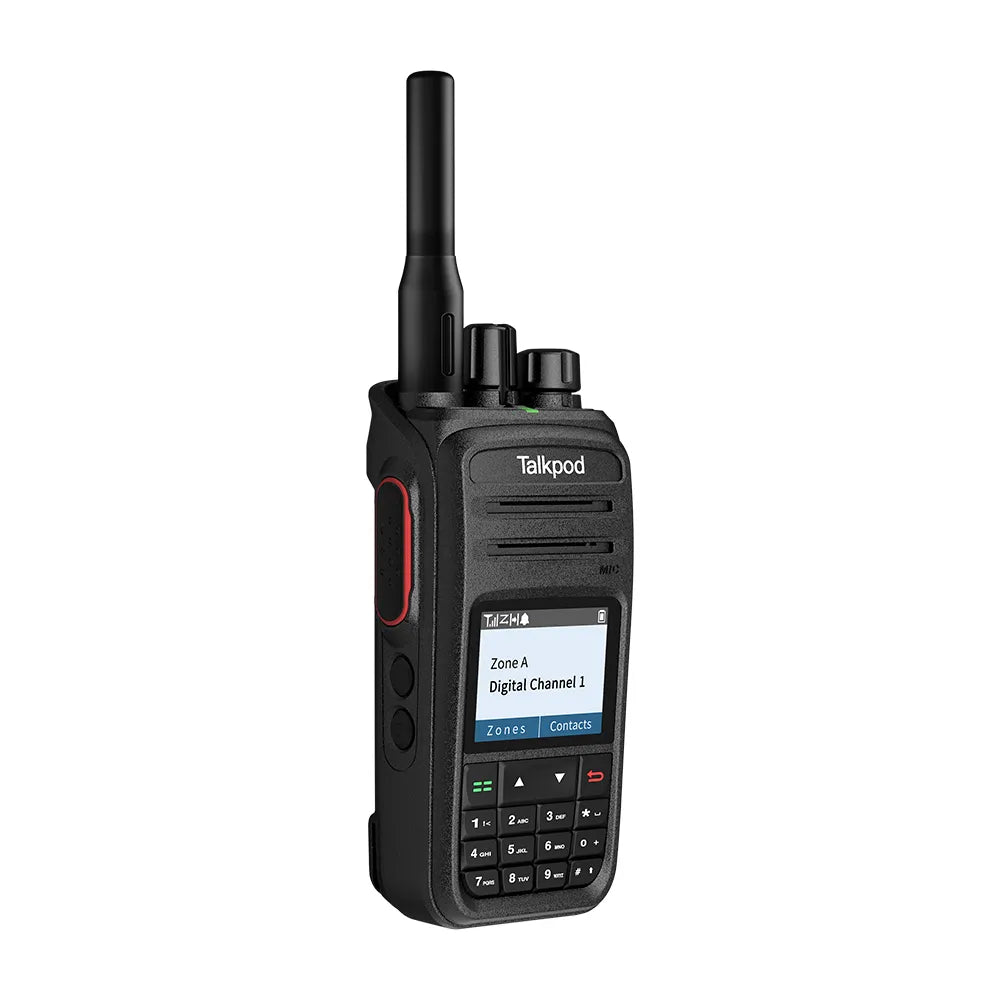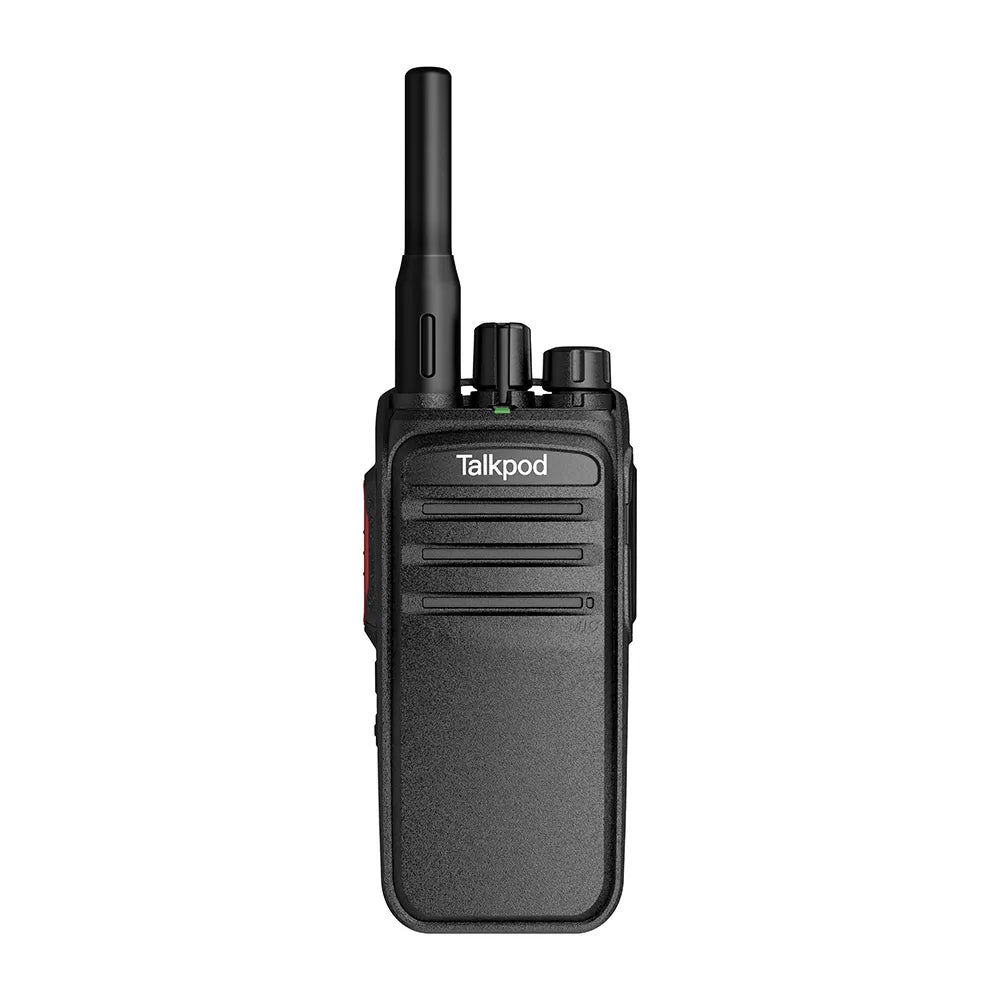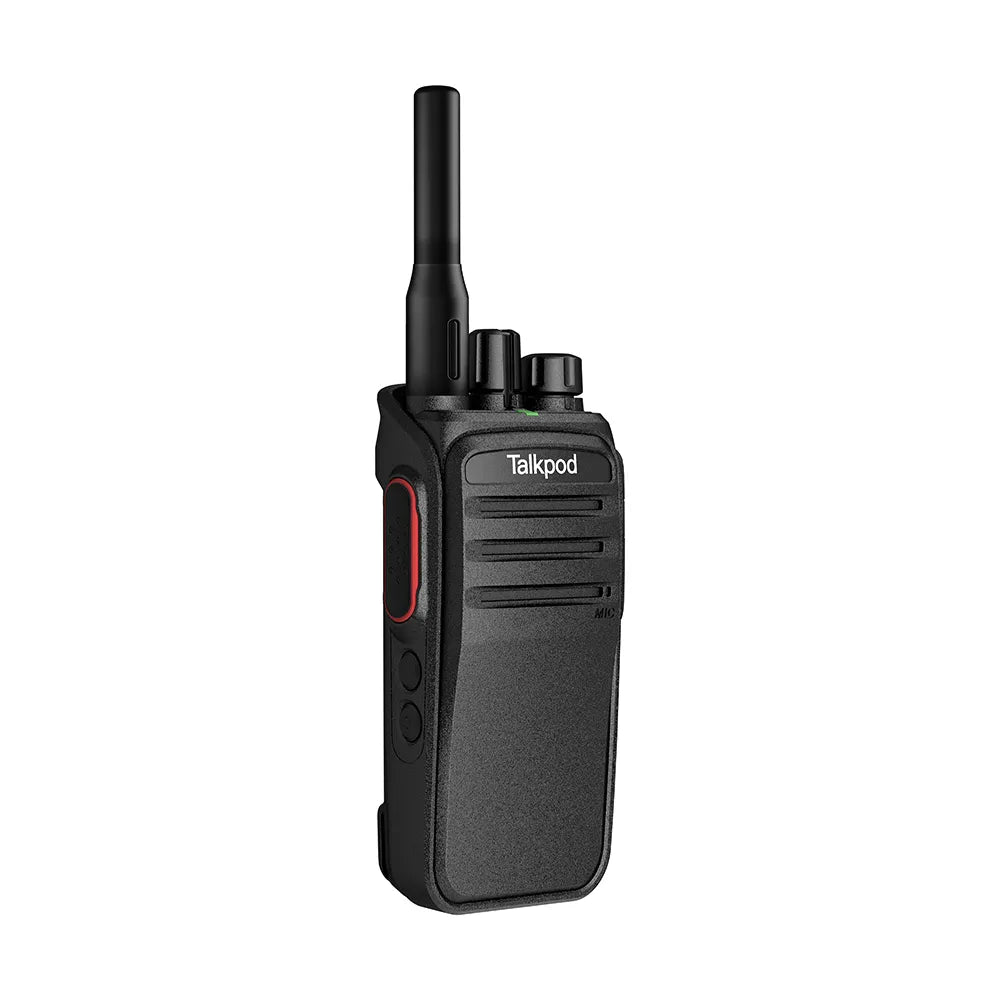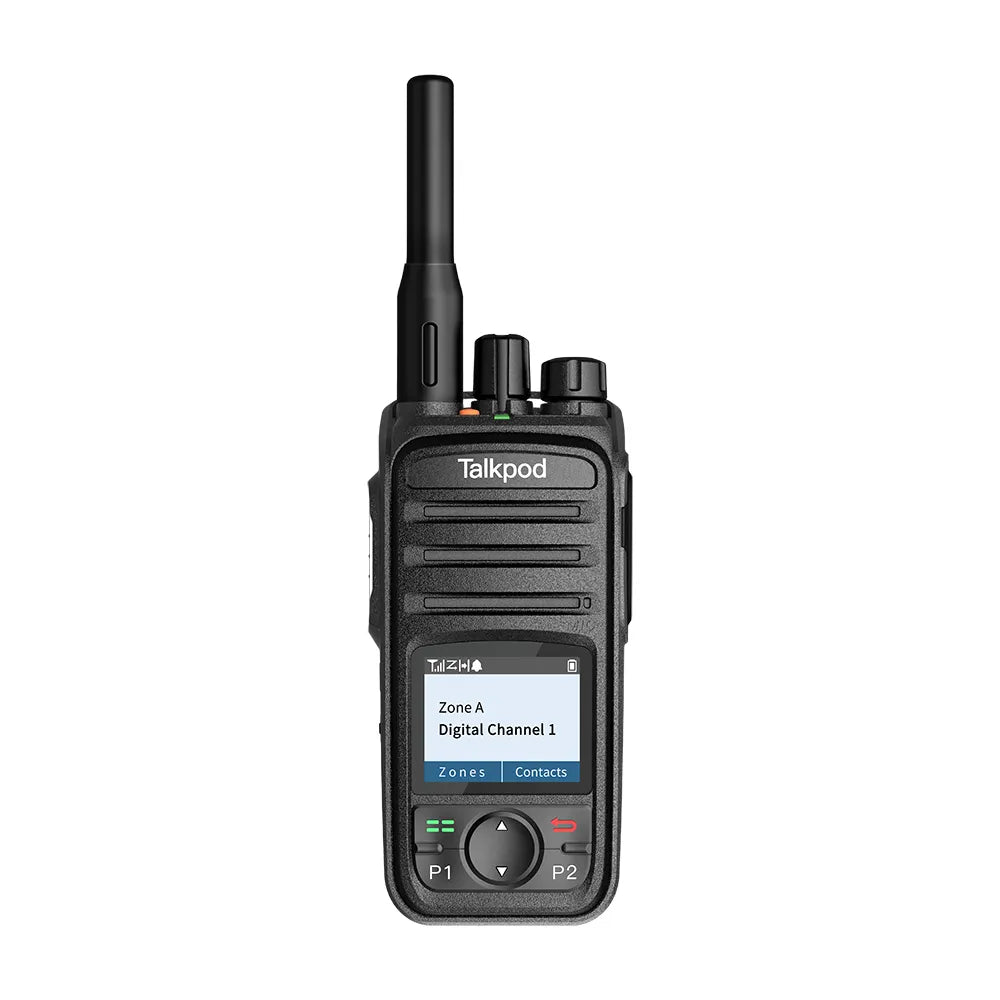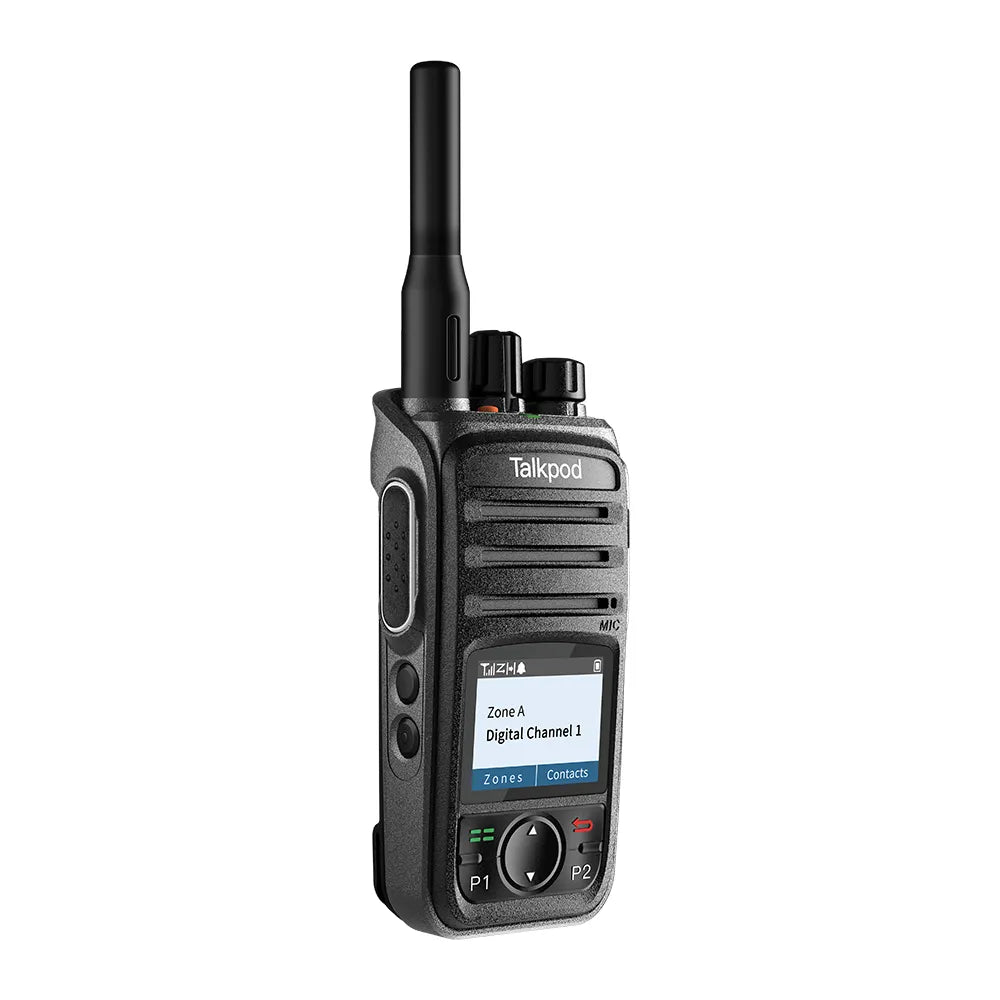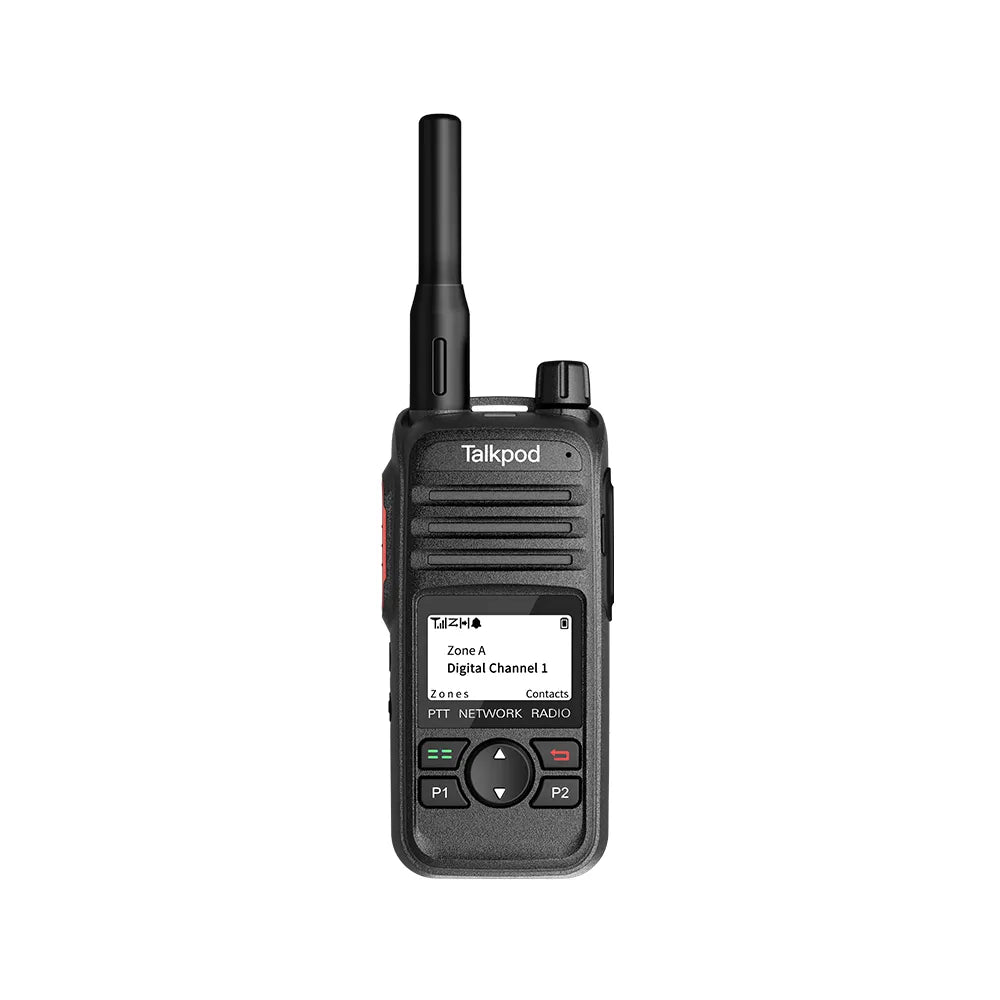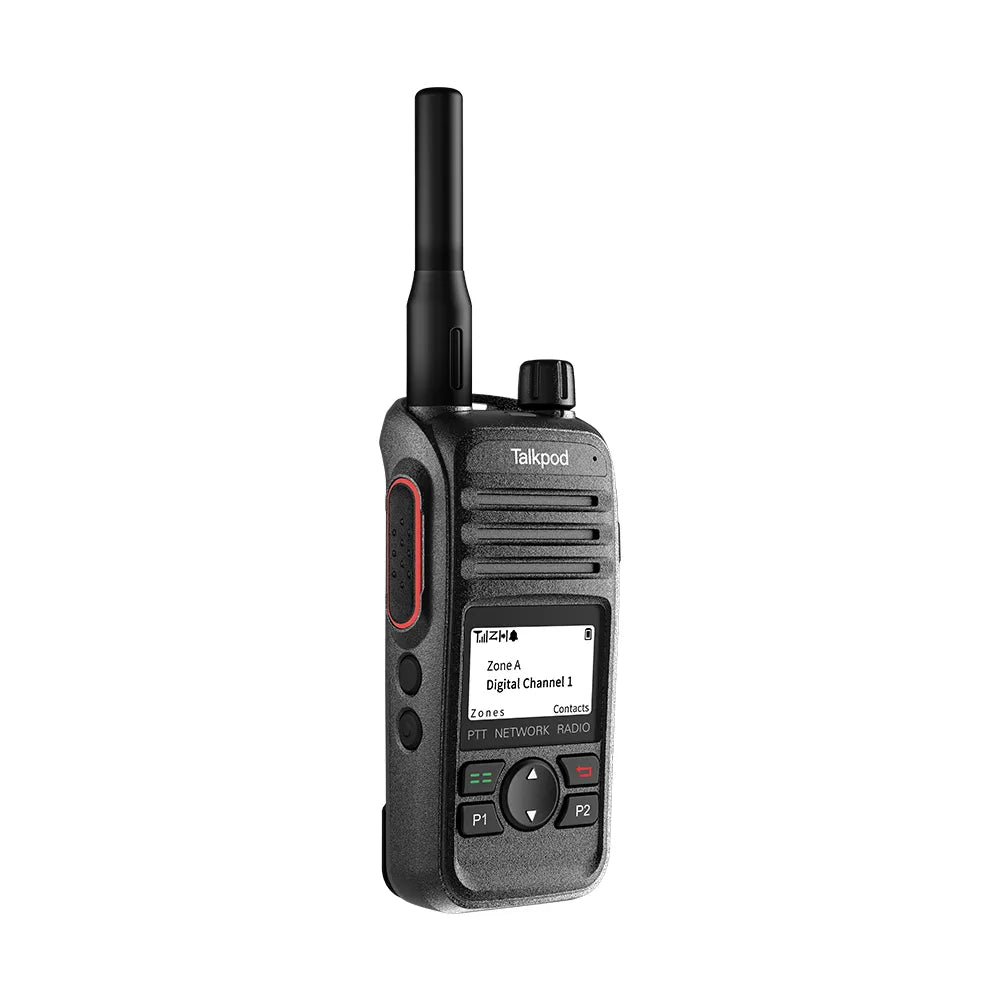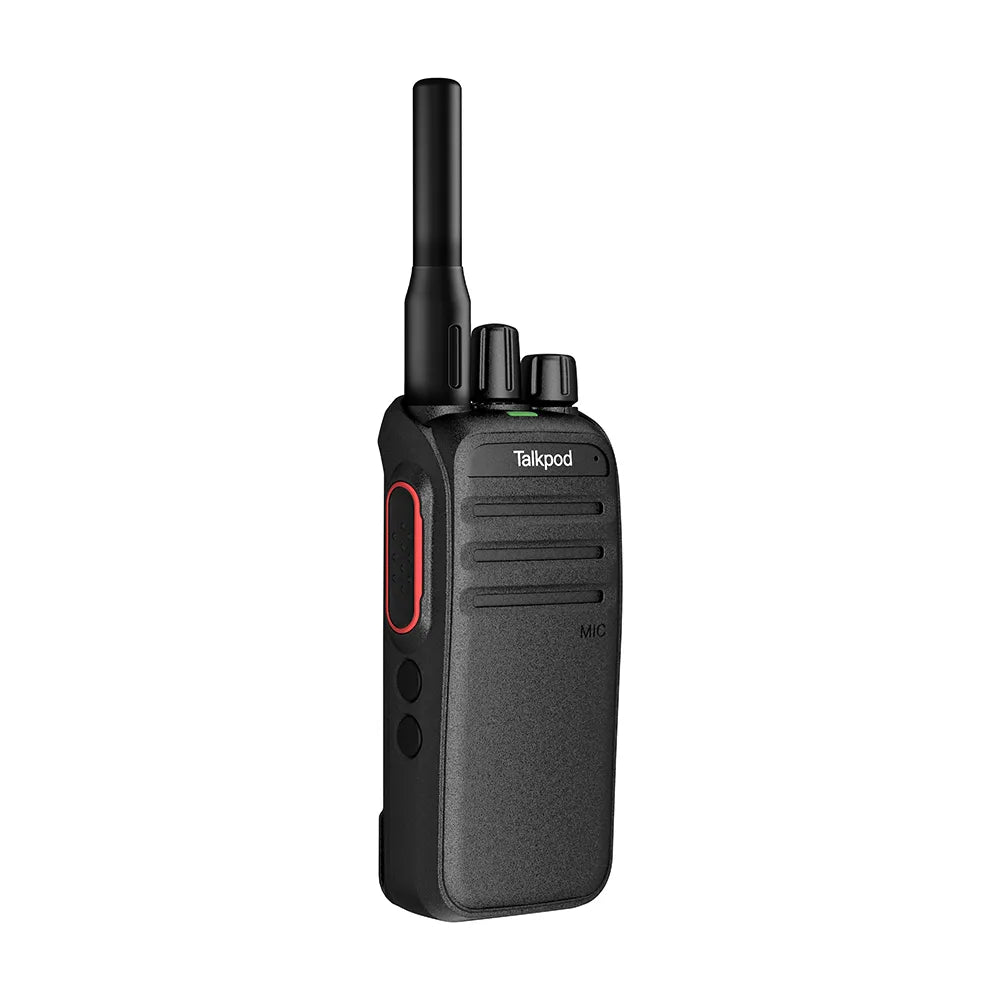What does PMR446 Stand for?
PMR446 stands for Private Mobile Radio. It refers to a family of standards for personal and business communication devices used for short-distance, two-way radio communications. PMR radios are typically used in a professional context to facilitate communication within a specific area, such as a building site, school campus, or event venue.
What Key Benefits PMR446 Radios Offer?
License-Free Operation: PMR446 can be used without the need to obtain a license, reducing bureaucracy and costs for users.
Instant Communication: With PMR446 radios, users can communicate instantly with the push of a button, without the need for dialing numbers or waiting for connections.
Simple to use: The radios are simple to use, making them accessible for people of all skill levels and suitable for a wide range of applications.
Cost-Effective: There are no subscription fees, call charges, or other ongoing costs associated with using PMR446 radios.
Wide Coverage: PMR446 radios offer effective communication over distances of up to several kilometers, depending on the terrain and environment.
Versatility: They are used in various settings, including business, personal, recreational, and public safety, due to their adaptability and reliability.
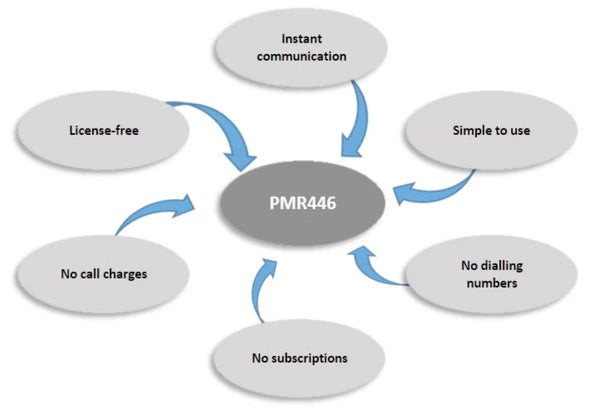
Which European countries can use PMR446 radios without a license?
Another benefit of PMR446 is that compliant equipment may be used in the following CEPT (European Conference of Postal and Telecommunications Administrations) territories and their overseas or semi-autonomous territories without restriction:
Austria, Belgium, Bosnia and Herzegovina, Bulaaria, Croatia, Cyprus, Czech Republic, Denmark, Estonia, Finland, France, Germany, Greece, Hungary, Iceland, Ireland, Italy, Latvia, Liechtenstein, Lithuania, Luxembourg, FYRO Macedonia, Moldova, Monaco, Montenegro, Netherlands, Norway, Poland, Portuga, Romania, Russian Federation, Serbia, Slovak Republic, Slovenia, Spain, Sweden, Switzerland, Turkey, Ukraine, United Kingdom
*Includes the overseas or semi-autonomous territories of Denmark, France, Greece, Italy, Netherlands, Norway, Portugal, Russian Federation, Spain plus the constituent parts of the United Kingdom as well as the Channel Islands and the Isle of Man.
Why do some radios need a licence to use them?
The radio spectrum is very large but there are also many services and technologies that need to use it. Television, mobile phones, satellite communications, baby monitors, WiFi, and Bluetooth are just some of the technologies that are using the radio spectrum. If any manufacturer was able to choose any frequency they liked then many of these technologies would interfere with each other and systems would not work.
To ensure all technologies have their own frequencies, each country has a body to regulate the allocation and licensing of frequencies. Licensed frequencies can be rented by individuals and companies to provide their own services without interference from other users.
What are PMR446 Channels?
Since 2018, there are sixteen PMR446 channels (frequencies) that can be used without a licence. These 16 channels are in the range of 446.0MHz to 446.2MHz. This means that there is a space of 12.5KHz between the channels.
When using a PMR446 radio, you may occasionally find that someone else is transmitting on one or more of the 16 channels. You are free to change your equipment to any of the other channels provided by the device to allow your group to communicate clearly without hearing other people’s conversations.
PMR446 frequencies list
Analogue:
446.0-446.1 MHz was the frequency band designated for analogue PMR446 by CEPT/ERC Decision (98)25 of 23rd November 1998.
Digital:
On 28th October 2005 by CEPT/EEC Decision (05), the frequency band 446.1-446.2 MHz was designated for use by the new generation of digital PMR446 equipment in development by manufacturers.
The introduction of digital technology represented a major step forward for professional users and brought the additional benefits of:
• Improved audio quality
• Increased battery life
• Improved service quality extending the communication range limit
However, PMR446 has proven to be an extremely popular format and this success has led to instances of the overcrowding of PMR446 frequencies and restriction of service availability especially in the case of analogue usage in cities and major urban areas at times of peak demand, for example at large events, in confined geographic areas etc.
*Digital 446.1 – 446.2 provides 16 channels in 6.25 kHz and 8 channels in 12.5 kHz
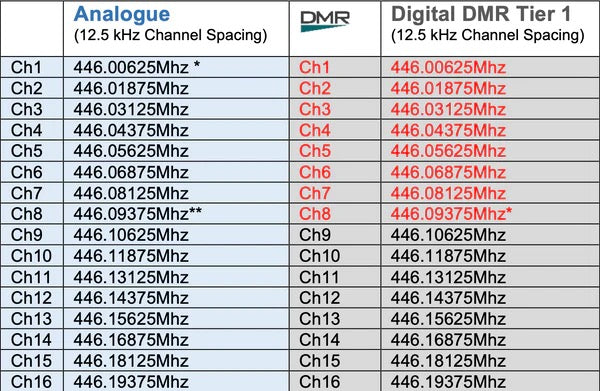
Benefits of the new 446.0-446.2MHz frequency spectrum
The new 446.0-446.2MHz extended frequency spectrum will double the number of license-free PMR446 channels available for equipment operating at 12.5 kHz and 6.25 kHz channel spacing:
• Analogue* equipment which can only operate on 12.5 kHz channel spacing increases from 8 to 16 channels
• DMR Tier 1** digital PMR446 which operates on 12.5 kHz channel spacing with a Time Division Multiple Access (TDMA) channel access method increases from 8 to 16 channels
• Both DMR Tier 1 and dPMR446 digital radios can operate in both analogue and digital modes
• Operating at 6.25 kHz digital and 12.5 kHz analogue simply at the press of a button
In addition, EN 300 296-2, EN 300 113-2 and EN 301 166-2 stipulates the following technical characteristics shall be applied for PMR446 applications in order to reduce the risk of harmful interference:
• PMR446 radio equipment having Push-To-Talk (PTT) functionality capable of being latched ‘on’ shall apply a 180 seconds maximum transmitter time-out
• PMR446 radio equipment having no Push-To-Talk (PTT) functionality shall apply a 180 seconds maximum transmitter time-out and VOX (Voice Activated Transmitter) control
• Compliance of PMR446 radio equipment with all technical requirements shall be demonstrated with the applicable Harmonised European Standards ETSI EN 300 113-2, EN 301 166-2, or EN 300 296-2
• All the permitted equipment should be 6.25 kHz (or equivalent) per voice channel
Changes to equipment to take advantage of the new frequencies
Existing analogue and digital PMR446 hand portable walkie talkies will not be able to take advantage of the increased capacity available unless modified and updated.
Talkpod PMR446 Series
Unlicensed PMR446 Two-Way Radios
PMR446 Wiki:
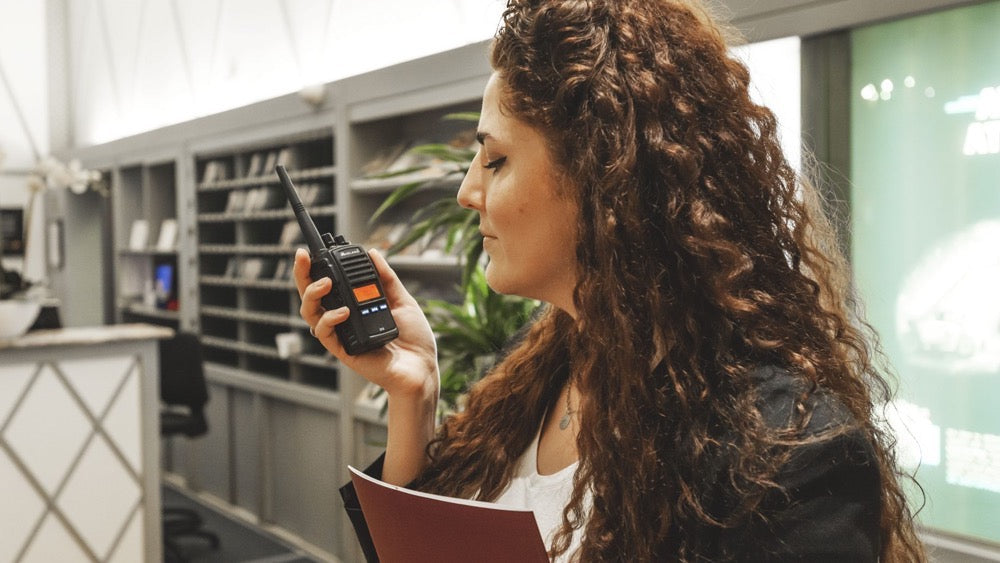
Maximizing Business Efficiency with PMR446: Essential Usage Tips
In the fast-paced business world, efficient communication is crucial for success. PMR446 radios offer a reliable and cost-effective solution for businesses of all sizes. In this article, we'll exp...
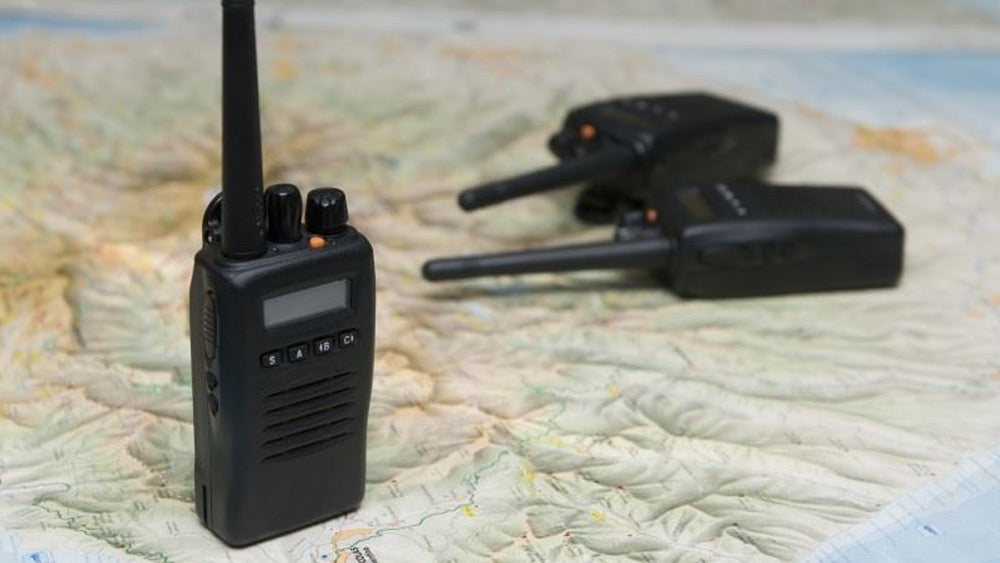
Tips for Getting the Most Out of Your PMR446 Radio
You've chosen the perfect PMR446 radio, and now it's time to make the most of it. Proper usage and maintenance can significantly enhance the performance and lifespan of your device. In this articl...
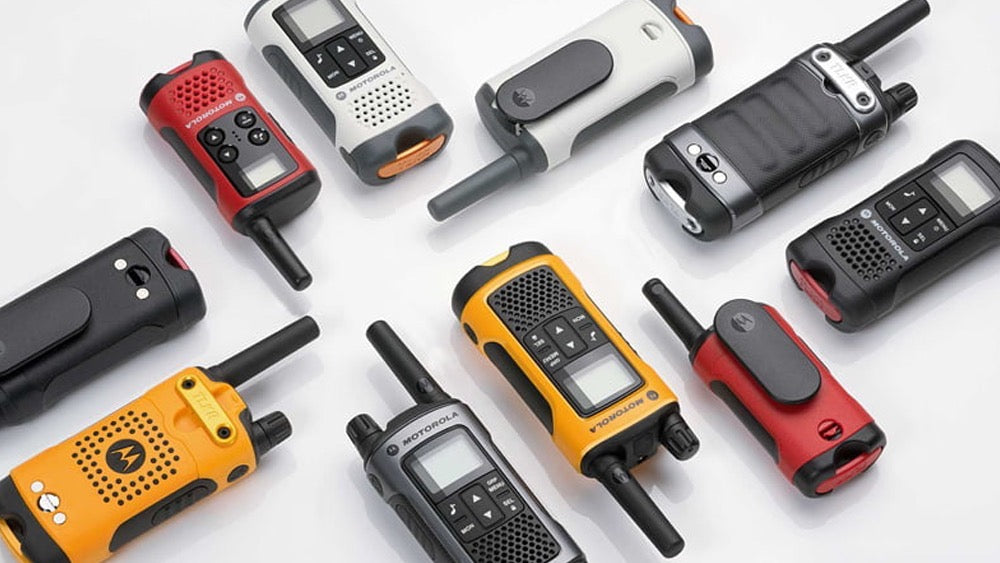
How to Choose the Perfect PMR446 Radio
Introduction: Selecting the right PMR446 radio can enhance your communication experience, whether you're using it for personal or business purposes. With various models available, it's essential t...
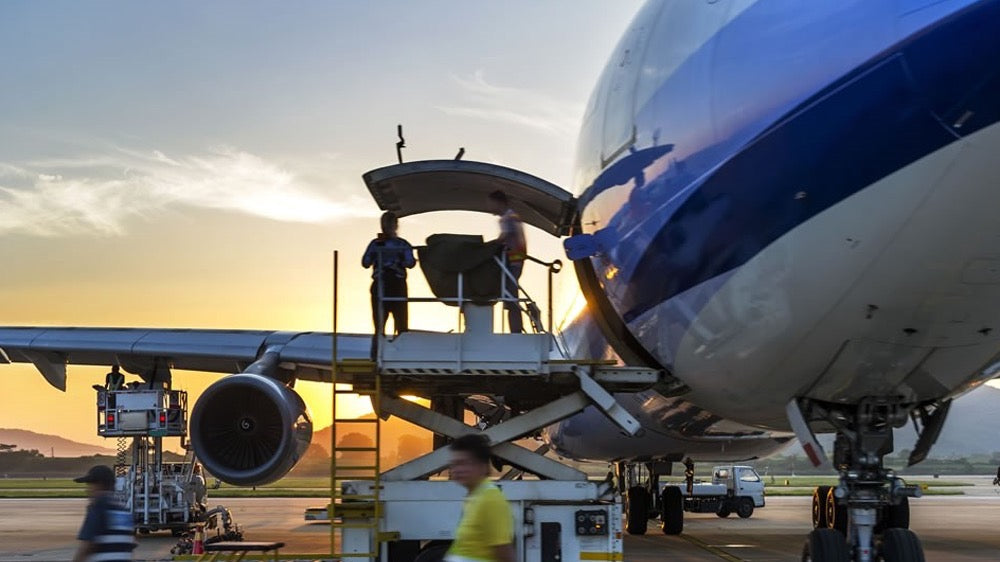
Professional Mobile Radio (PMR) stands as a cornerstone in the realm of digital two-way communications. Commonly used outside the United States, where the term Land Mobile Radio (LMR) prevails, PM...
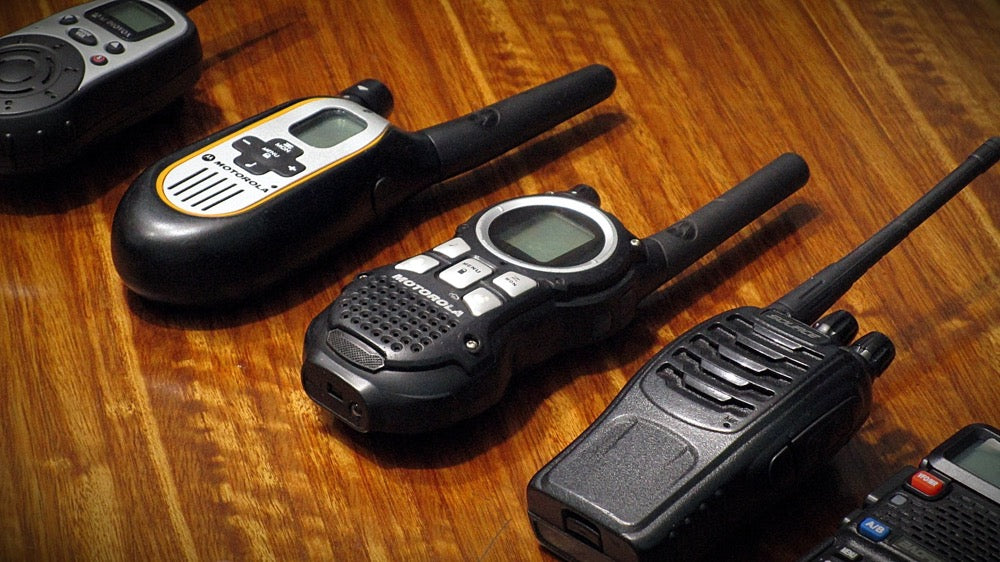
What are the advantages of PMR446 walkie talkies over licensed business radios?
PMR446 radios, also known as walkie-talkies, are designed by Talkpod for simplicity and ease of use. They serve as an excellent tool for short-range communications, especially in areas lacking mobi...
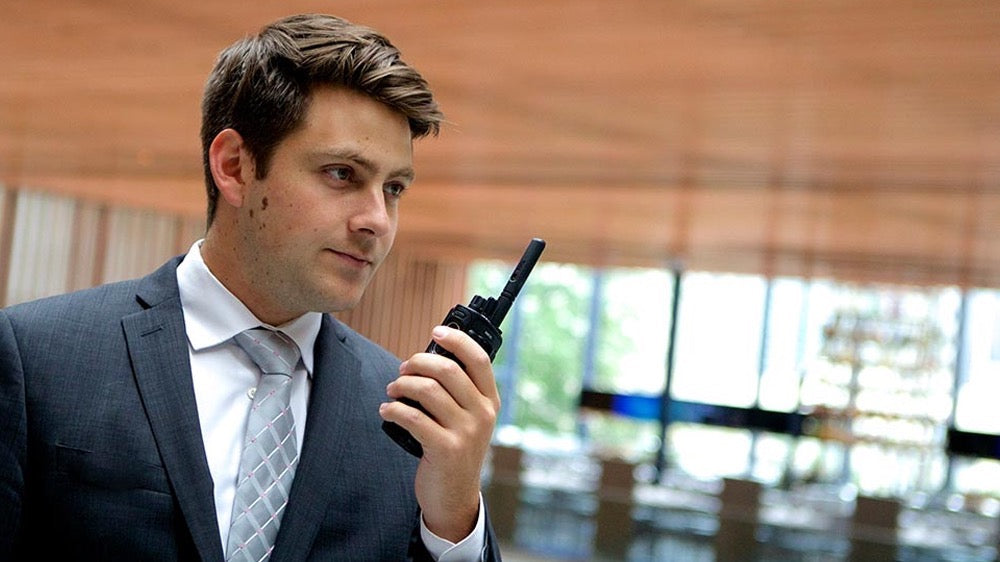
PMR446 is a licence free radio service used by two-way radio users in the UK and throughout Europe. The letters PMR stand for Private Mobile Radio and the number 446 relates to the frequency band 4...
Need to contact a partner?
Get help to solve a complex business challenge or pursue purchasing.





